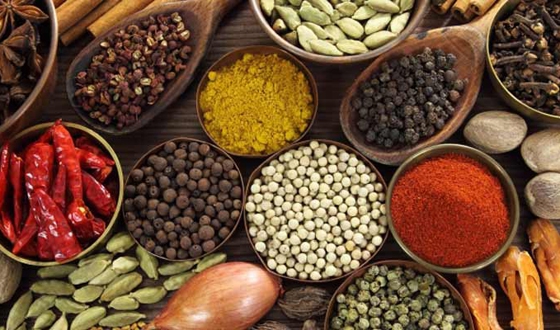Up to 80 percent of the market’s food needs are imported, according to ESCWA’s ‘Strategic Review of Food and Nutrition Security in Lebanon’ report, released this month.
Food accounts for 16 percent of the total import bill, second only to fuel. Consumed food items are distributed as follows: 35 percent for bread and cereals, 11 percent for milk and dairy, eight percent for meat and poultry, and 46 percent for other food products.
The food items for which the market is completely dependent on imports include: Sugar, sweeteners, coffee, sesame seeds, cocoa beans, tea, spices, rice, vegetable oil, and sunflower oil. The food category most consumed through imports is cereals, especially wheat and maize, of which 76 percent and 99 percent are imported, respectively.
More than half of agricultural production is in fruits (25 percent) and vegetables (32 percent). Cereals make up just five percent of the total production.
Agriculture, which makes up four percent of the Gross Domestic Product (GDP) accounts for up to 25 percent of employment and up to 80 percent of economic output in rural areas, according to the report. Agricultural workers are also the poorest of any employment sector, with around 40 percent of farmhands considered poor.
Around 37 percent of land can be cultivated, while the current agricultural area is estimated to be just 231,000 hectares (2,310 square kilometers), with only half being irrigated. The northern and eastern parts of the country hold the majority of cultivated and irrigated lands, with Baalbek-Hermel and Bekaa accounting for 43 percent of total cultivated agricultural land, compared to 26 percent in Akkar and the North, and 22 percent in the South and Nabatiyeh region. A total of 55 percent of all irrigated lands are located in Baalbek-Hermel and Bekaa.
Prior to the refugee crisis, an estimated 27 percent of the population (about one million persons) lived below the upper income poverty line ($3.15/day). By 2015, the effects of the refugee crisis are estimated to have increased the number of Lebanese who have fallen below the upper poverty line by 170,000 persons.
The report said that diets are changing and the Lebanese are moving away from micronutrient-rich diets towards Western diets, which are higher in energy, sugar, and fats. “The change in diet has resulted in a higher incidence of obesity, which has increased to 10.9 percent for six to 19 year olds and 28.2 percent in adults,” according to the report. The average calorie intake moved up from 2,600 kilocalories (Kcal) per person per day, to 3,000 Kcal. The poorest fifth of the population consumes 2,100 Kcal, while the richest consumes the double.
businessnews.com.lb
17 May
























































